The ISO rating is probably the reason why the Frogman always has been more expensive than most other G-Shock models. These ISO ratings needs to be checked with certified equipment and every watch need to be tested. It also seems that the ISO certifying is limited to regions. I have spoken to people of Casio Europe and Casio Benelux who both were disappointed it was not able to get the Frogman to Europe and The Netherlands. It wasn’t that Casio didn’t want to distribute the Frogman into Europe, the costs were simply too high. The GWF-1000 models are quite expensive, but in Europe these watches would simple become unaffordable.
The Frogman is somewhat the oldest special model in the G-Shock line. One may discuss if the Mudman series had run longer as Casio nick named DW-5500C Mudman as well, but I think the DW-8400 was the first real Mudman. As the Frogman now is at his 5th Generation, it also the most evolved special G-Shock model. Well, you might think the 5600 bloodline is at least 5 generation old, but cosmetically only the full metal case was replaced by a resin case in the past 23 years, while the Frogman models looked quite different each generation. Only it’s trademark, the asymmetric attachment to the straps remained.
While most evolutions of the Frogman model were smooth, the evolution from DW-9900 to GW-200 was a little strange. At that time Casio was going from the DW- notation to the G- and GW- notation for the model numbers. The first GW- notation was used on the Antman in October 2000. The Antman was the first “Atomic” model Casio released and since then also the first non-solar model that has Waveceptor technology (Casio’s name for receiving the public signal of atomic clocks). Since then the prefix GW- indicated that this G-Shock model has the Waveceptor function. After the Antman the Waveceptor function was only used in combination with Tough Solar technology, so technically, the GW-200 should have been an Atomic Tough Solar Frogman. I have no idea what happened in the drawing room, but the first GW-200 (the ICERC GW-200 Frogman of June 2001) did not only lack the Waveceptor function, it also wasn’t solar. It had the same module as its smaller predecessor, the DW-9900 Frogman.
A month later, July 2001, Casio surprised us with a new Frogman model. It was this GW-200-2JF. While all basic models have at least one black (with the suffix -1) version, this was the only basic GW-200 Frogman. As the suffix already reveals, it’s not black, but blue. Navy blue to be specific. I have no idea why Casio choose for this color, but I do not think it is a bad choice. The color navy blue is (it’s already in the name) associated with sea and sea activities. The navy color is pretty dark and under dim light conditions it might even appear as black. I think it actually looks great at my wrist, while I normally am not too enthusiast about blue colors. I think the yellow and red lettering on the bezel and the green and white lettering on the crystal are very nice in combination with the bezel color. Only the red lettering on the crystal. This GW-200-1JF isn’t the only Frogman I have in which this color has faded into light pink. I won’t be surprised if the word FROGMAN on the crystal (isn’t is a bit double, as the bezel also says FROGMAN?) would be white in about 10 years. I have to admit I let my Tough Solar Frogmans sunbath often, but I live pretty north (Latitude 51.3° North) so the power of the sun here is not as heavy as it is in the tropics. It seems the red pigment used by Casio on the crystal lettering isn’t UV resistance, but in general red colors often loose color due to UV exposure.
The GW-200 uses the ML2020 battery, which has a relative enormous capacity for storing electric energy. The GW-200 was also the first solar model with a Power Save function, though it’s on this models called the Sleep Function. The Tough Solar Raysman and G-2300, which were the solar models before this Frogman, could set asleep manually. Although I understand that constantly showing the LCD digits uses a little energy, I am curious if it really saves a lot of energy by leaving the display blank when not used, but I think it actually does.
It’s probably a while ago I wrote about a GW-200 (module number 2422), so let’s look what this watch has to offer, besides Timekeeping. The first mode (function) you’ll enter when leaving Timekeeping Mode is the Dive Site mode. It’s a simple World Time mode, that can show 10 “dive sites” in the World. There is a pretty good chance your time zone isn’t present. Default you get your Frogman set to Japan as Home time zone. What you have to do if you receive your GW-200 (this is for all Tough Solar GW-200 type Frogman models) is choose a city in the Dive Site mode that you probably won’t use and change it into your time zone and give it a name. Now got to Timekeeping mode and choose your time zone and set it as home. Note that you can’t change the Hometown setting in Dive Site mode.
Next mode is the ID mode. I never use this mode, but you can input your blood type, your passport number and your credit card number in it. Except for the blood type, I wouldn’t put sensitive information like my credit card number in my watch.
After the ID mode comes the Alarm Mode. The GW-200 can be set to three daily alarm times and has of course a hourly chime. A 24 hour Stopwatch and a 24 hour Countdown Timer completes the circle of “normal modes” when you press the MODE button repeatedly.
One mode is a bit hidden and maybe the most important function of this diver’s watch. If you press and hold the mode button, instead of only press, it will lead you in about 2 seconds to the Dive Timer. This is a special stopwatch mode that can be used to record your dive time. While the current time is shown above the start time (0:00), this time gets fixed when the timer is started, while the current time is shown in the top display. I think under water this function works best if the Full Auto Illuminator is activated. When you surface again you can stop the timer. When you go back to Timekeeping mode, you can press and hold LOG DATA (lower right FORWARD button) to view your dive record. It shows the time when you started the dive, the duration of your dive and the interval time between your surface and current time.
End of photo session on the beach, now find our beach cabin back...
When I started collecting G-Shocks I was first pretty skeptic about the Frogman. My primary love to G-Shock was going for the late ’90 models, which were in 2000 and 2001 easily available. The Frogman looked different to me. Even when I bought my first DW-8200 I wasn’t so sure. It was when I got my first GW-203K-4JR that I was convinced the Frogman was an awesome watch. I still do not understand why I am still not too fond of the basic DW-8200, while the DW-8250Y-9T (Men In Yellow version) looks so awesome. I’m pretty happy that Casio brought a tribute to that watch about a year ago. No doubt that my GW-203K-4JR is still one of my favorite watches.Although the GW-200 has always been a great watch, I think the 10 cities Dive Time is a bit short and I rather have seen that Casio had used a World Time function with all time zones in the world. This would have made programming the Timekeeping much easier for most of us. Overall the watch is pretty tough. The case is made from one piece titanium and thick bezel has a relative protection rim around the display, reducing the risk of scratches quite a lot. If it had been equipped with a Waveceptor function, it would have been perfect, but note that in 2001 the Waveceptor technology was not as developed as it is now. We could have been happy with a Frogman that only could receive one or two radio signals in Japan. The first Tough Solar Waveceptor model was released a year later and was tri-band (2 Japanese transmitters and the US transmitter). It might have been a good choice of Casio to wait with an Atomic Frogman until it was possible to cover as much as possible areas around the world, as now is achieved with the GWF-1000 models.
I’m not sure how I got this frogman anymore as there are two scenarios. I could have bought it on ebay. They were easily available in 2002 and 2003 and the prices were relative affordable. They were offered at some eBay shops in Hong Kong and Singapore for around €200.-. Actually I don’t think I bought it from eBay, but from my friend Leon from Maryland, USA. I also bought a Gold Defender Frogman from him later. According my archives I got this watch just before “Saint Nicolas” (= “sinterklaas” => “Santa Claus”) on December 3rd, 2003. Soon after I got it, this model became pretty rare. Still it’s not really a sought after Frogman, as it is still the “basic” version. As it was possible to get one for about 2 years, this model must have been produced in large numbers. Mine is produced in June 2001 and has production number 8922, indicating it should not be rare. Still I think you might expect an at least €200.- price tag if you might find one new or in good condition.

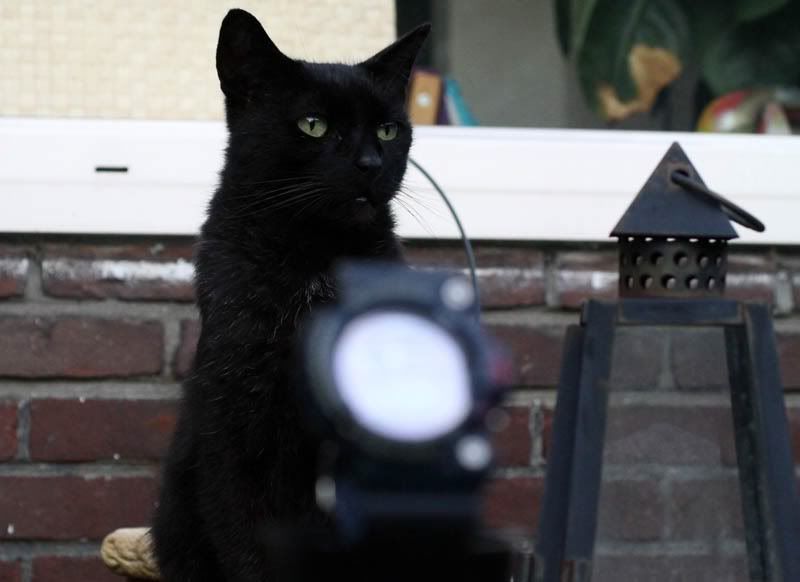
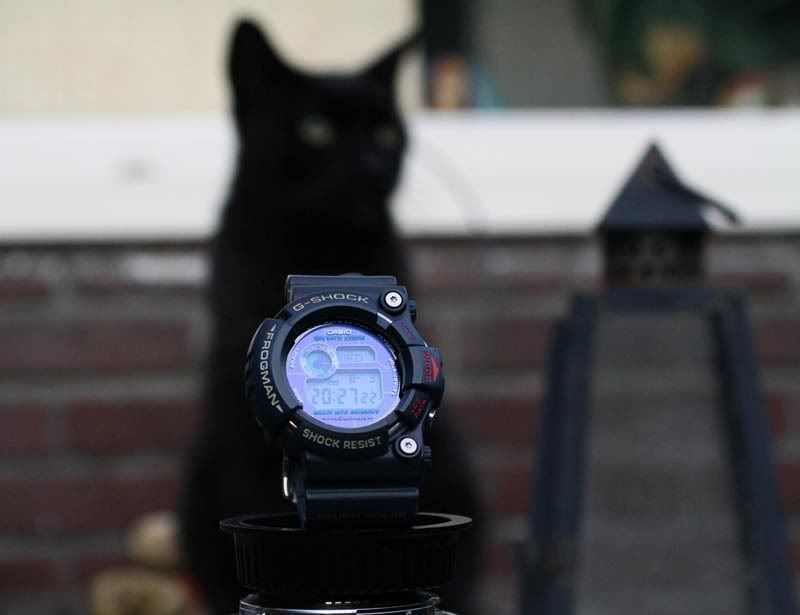
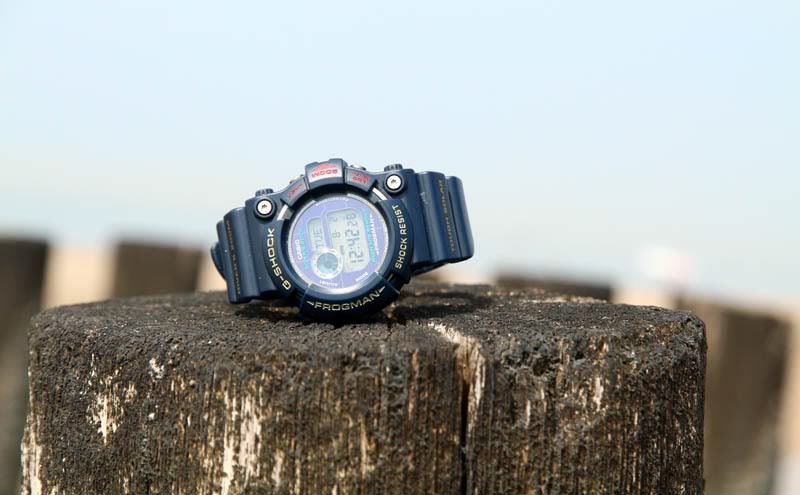
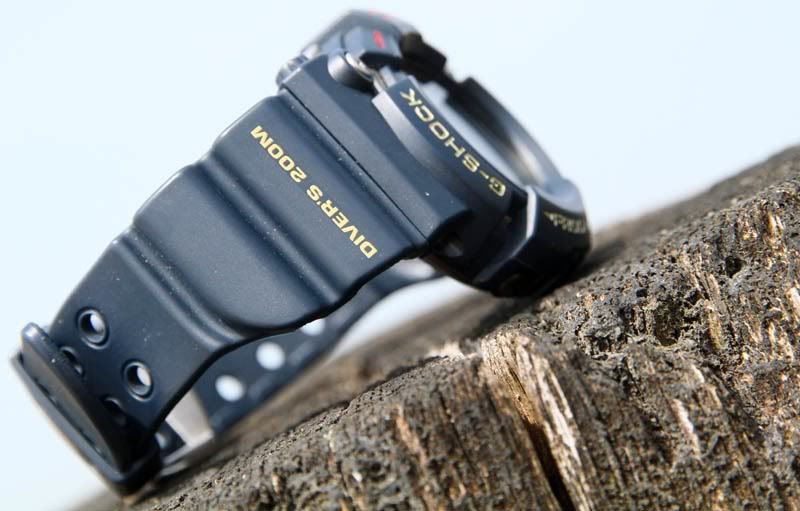


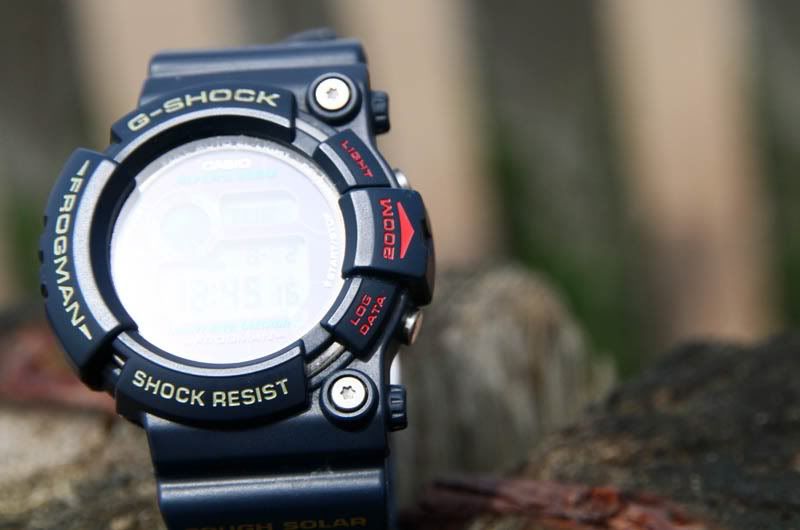
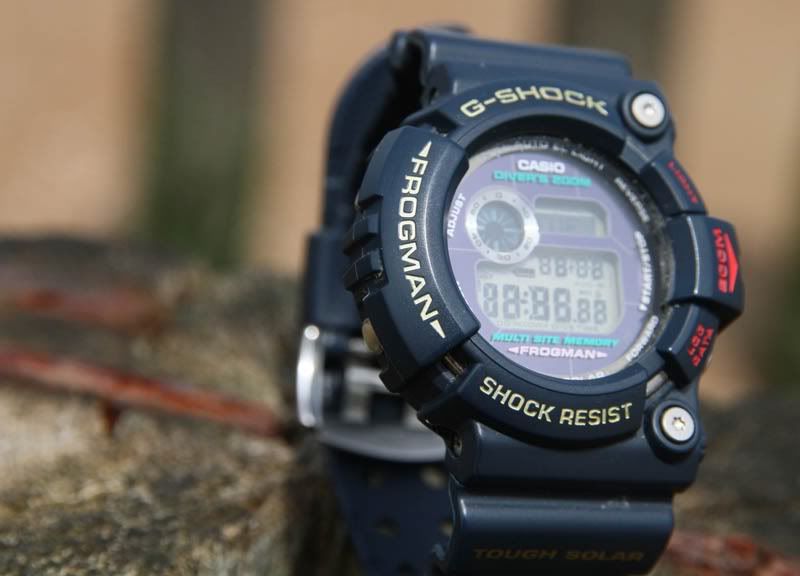

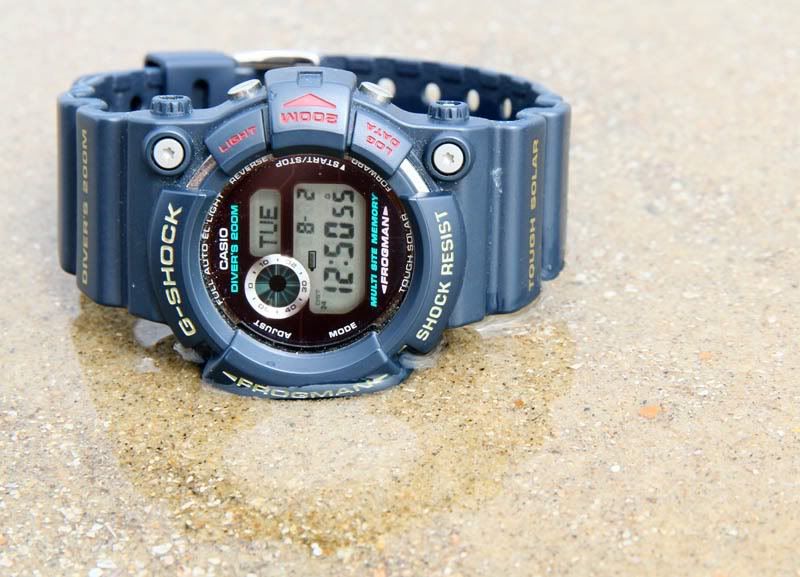
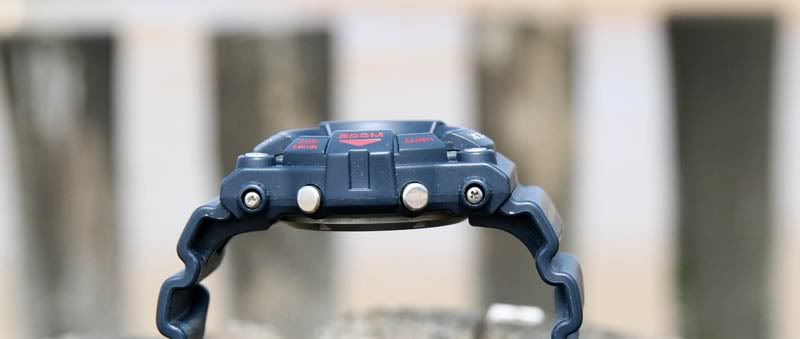
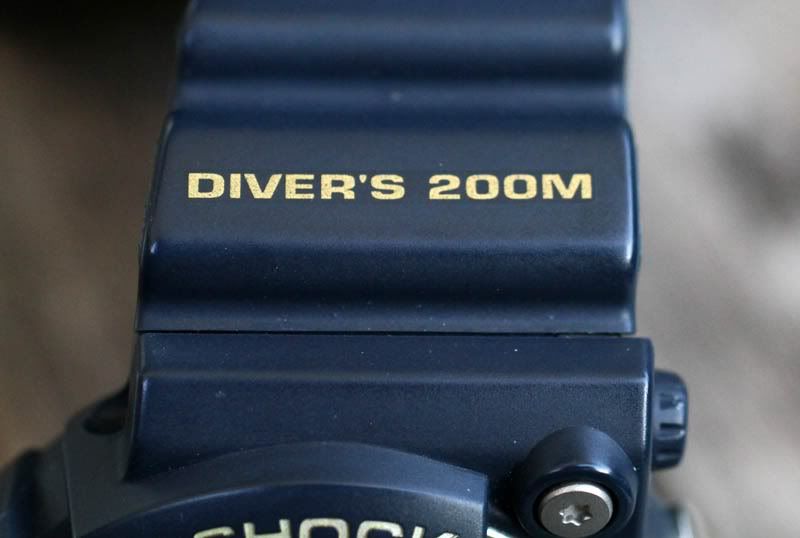
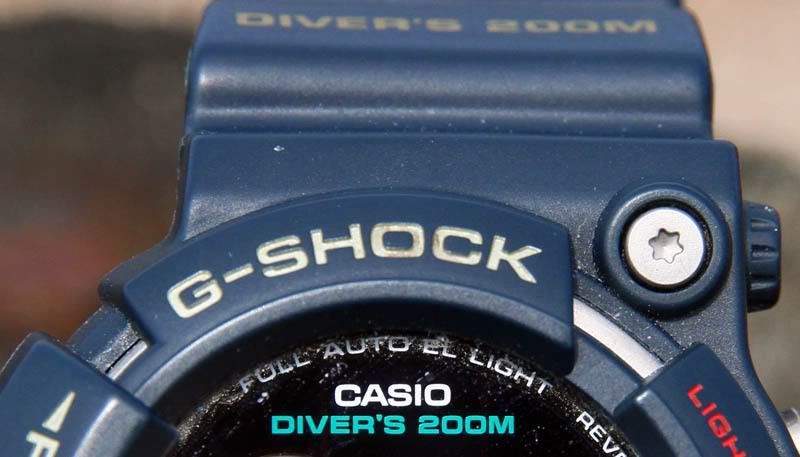

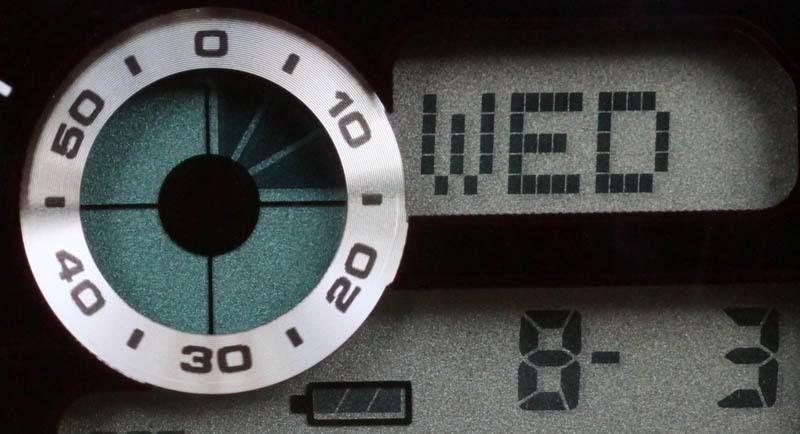


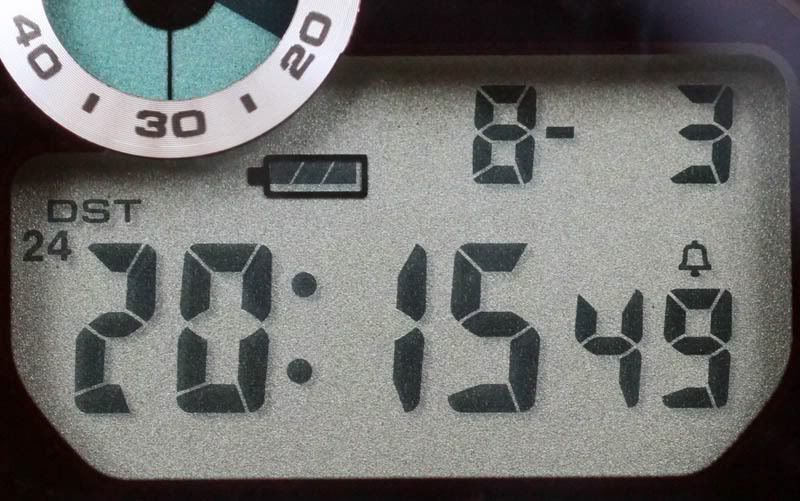
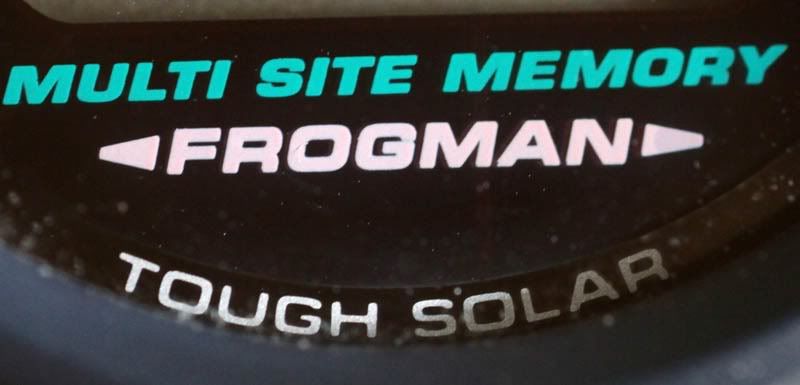
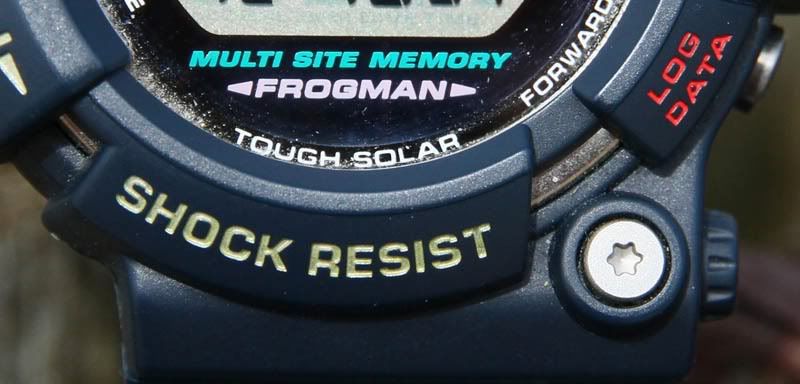
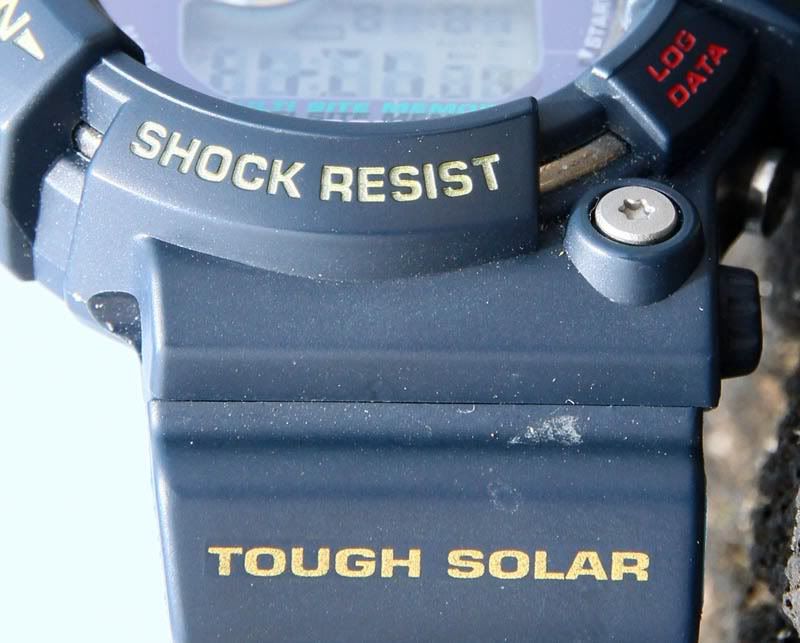
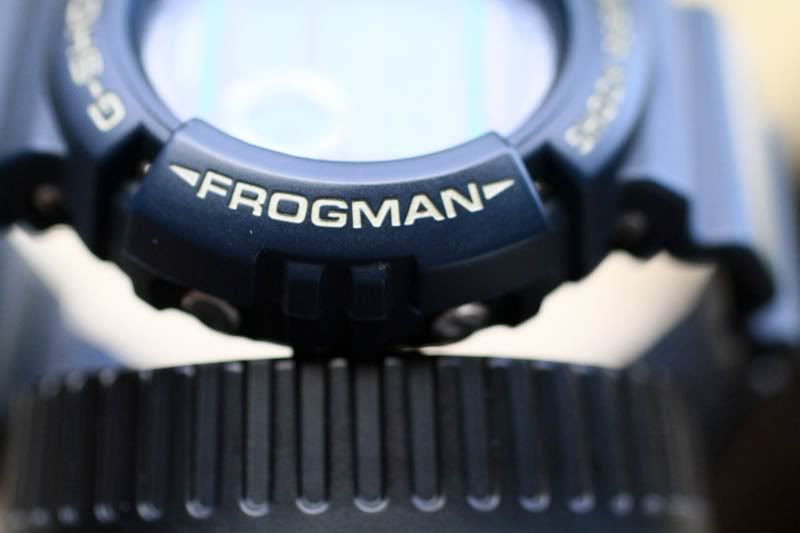
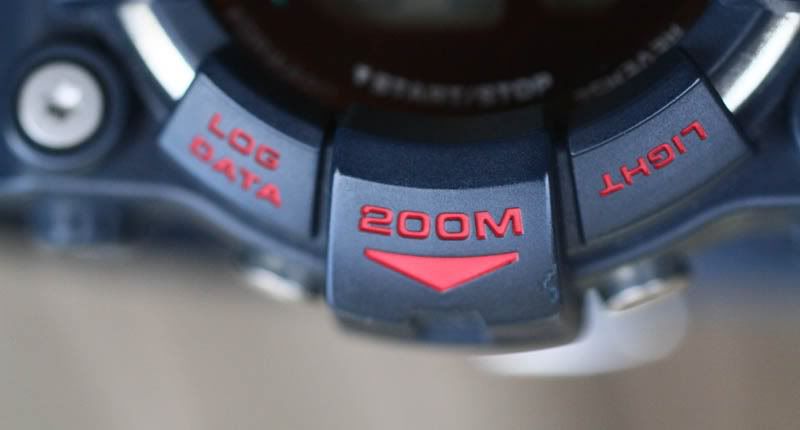
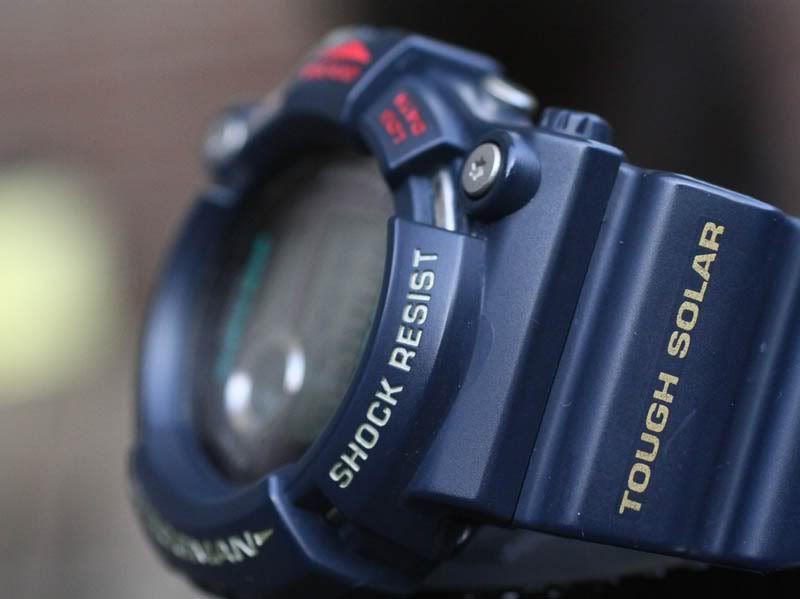
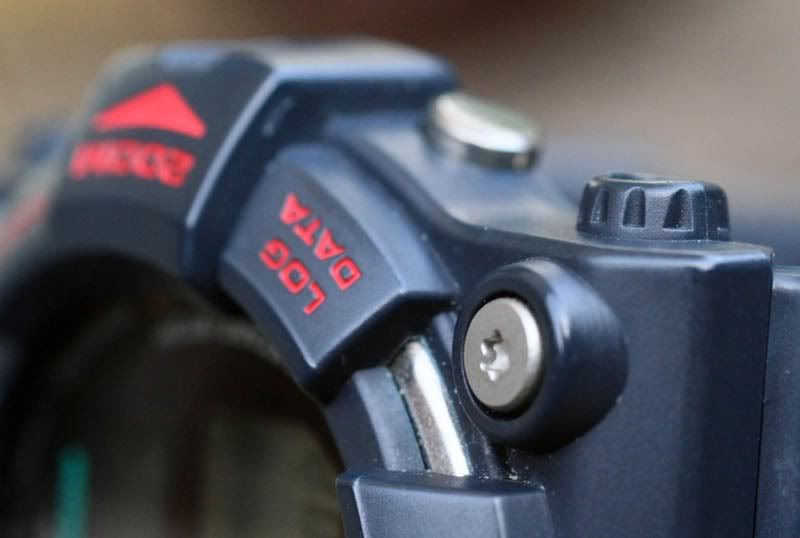
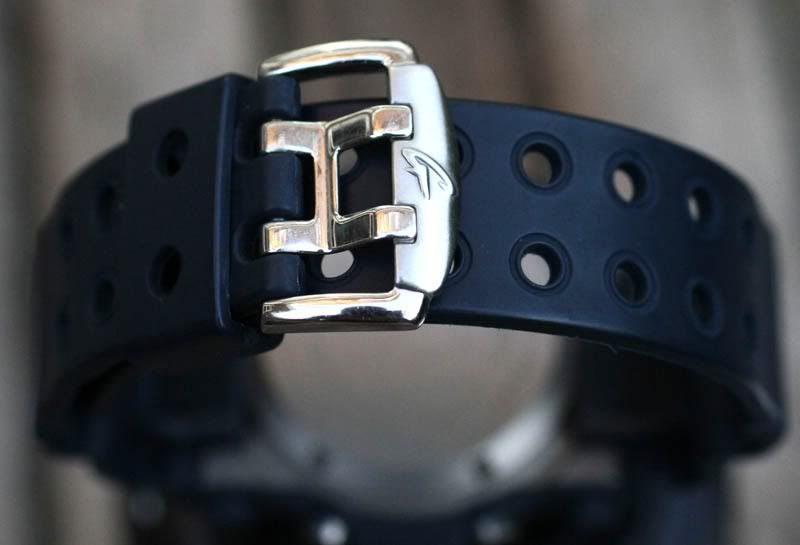
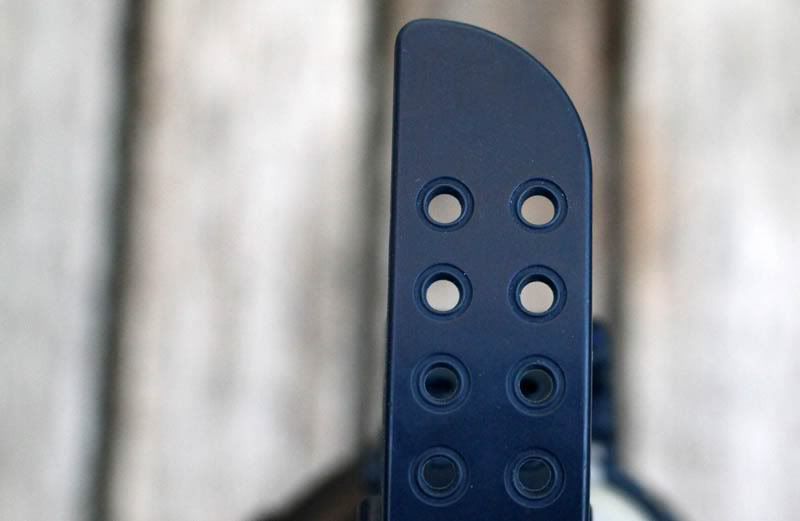

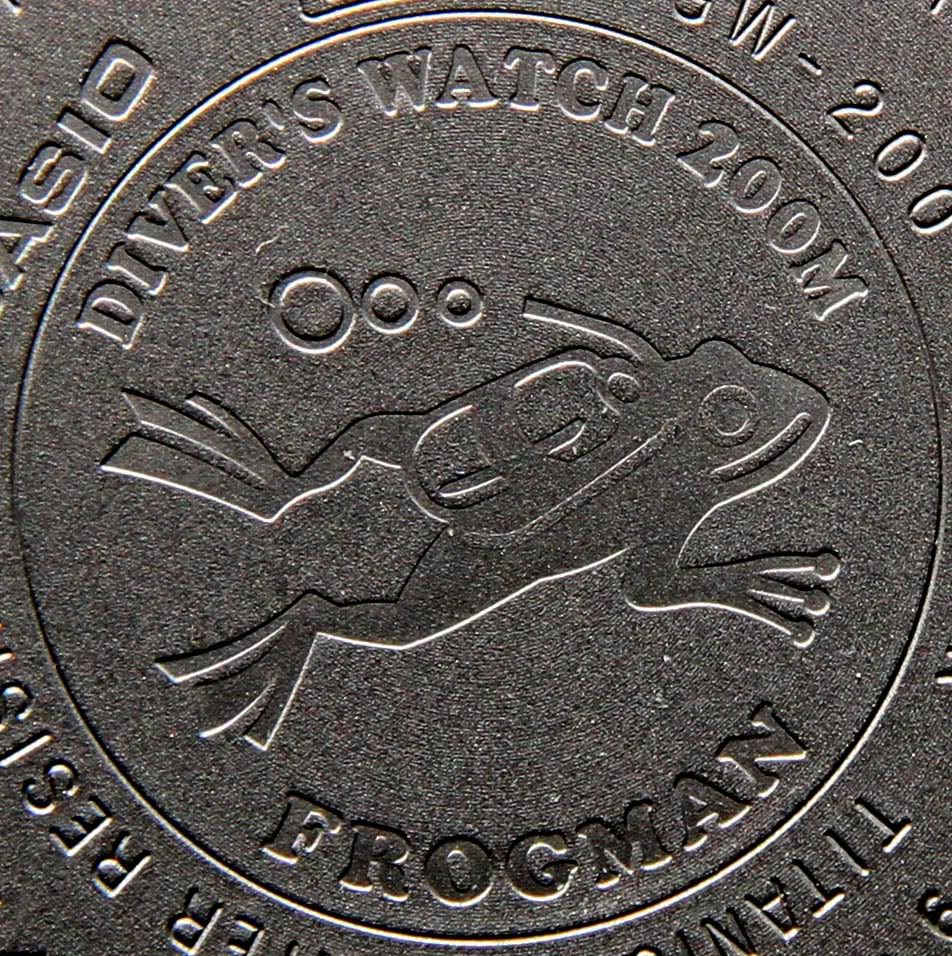
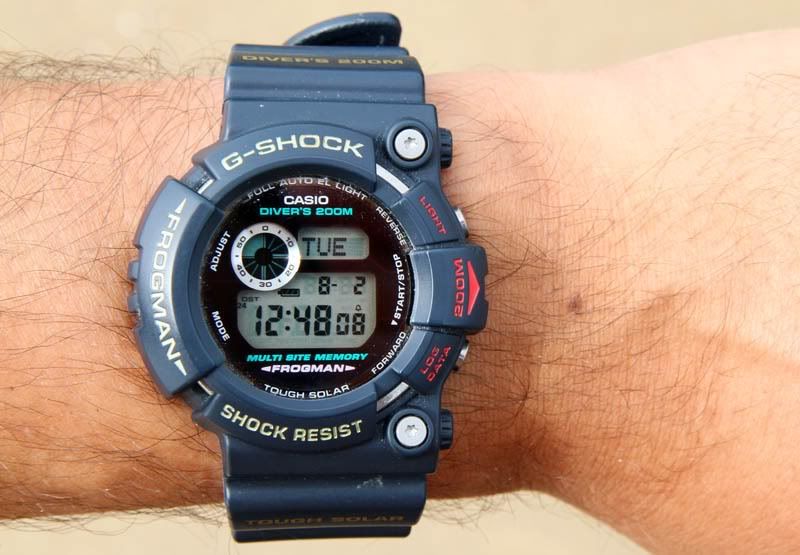

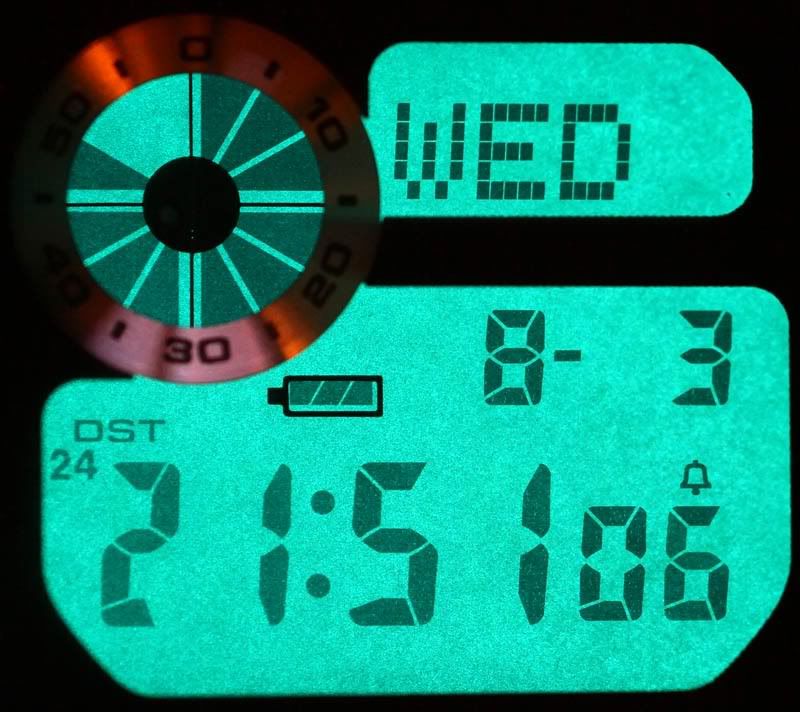
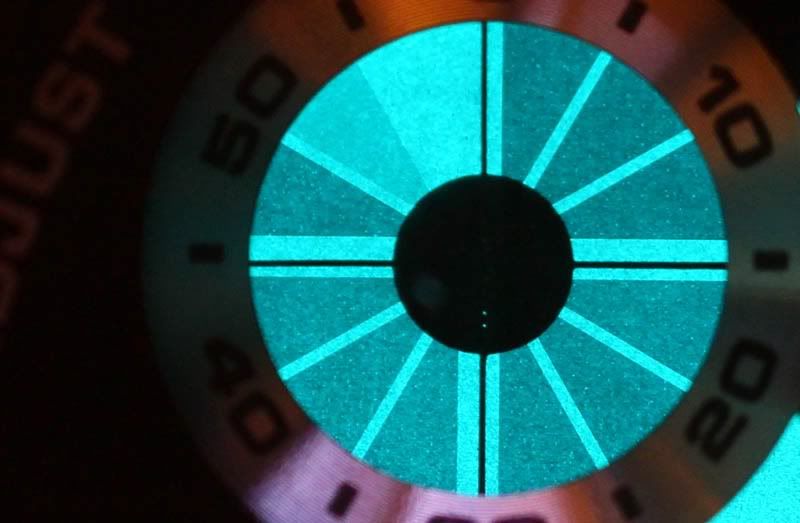
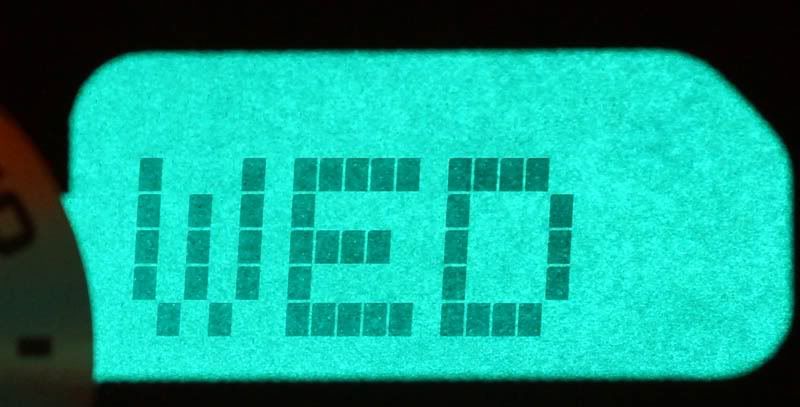
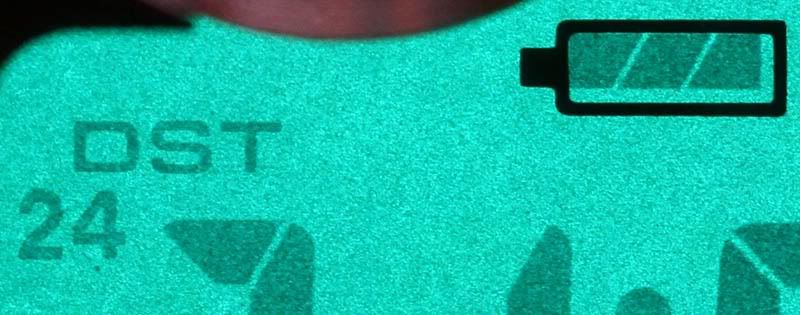
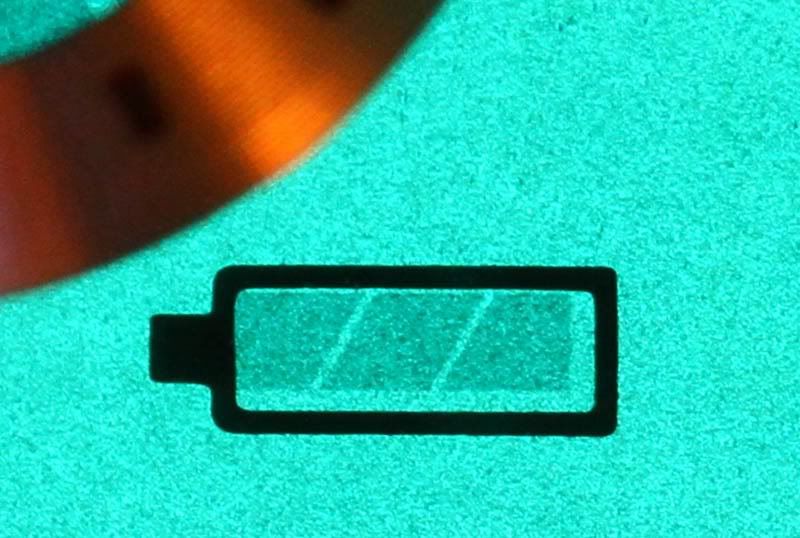
1 comment:
GREAT site. I live in the Bahamas. I need a replacement strap/band and bezel for my GW-200 Frogman. Can you help me find a legitimate website to order a set?
Post a Comment